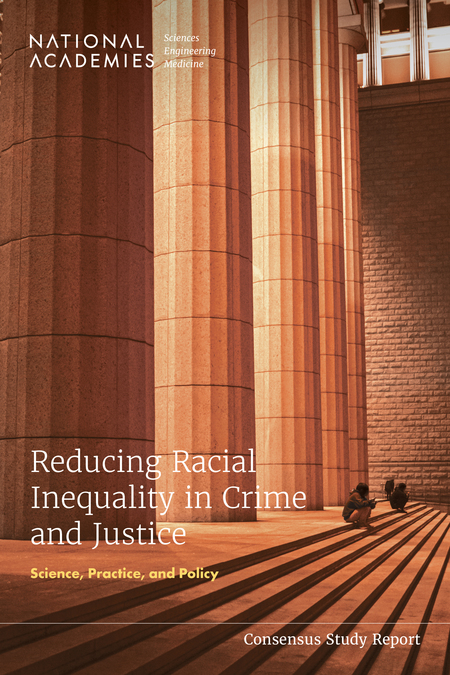Benefits of Transdisciplinary PhD Programs
Doctoral programmes play a critical role in preparing our future leaders to be productive and successful researchers ready to solve critical problems in our modern society. But are we training them to do work that has high impact? This post discusses what we discovered when we designed a structured doctoral programme focused on transdisciplinary research and compared students’ publication patterns and impact to students in traditional doctoral programmes.
What did we find?
The publication rates (productivity) of transdisciplinary and traditional students were similar, however four indicators of a publication’s impact were significantly higher for transdisciplinary students compared to traditional students. Collaboration indicators also showed that publications by transdisciplinary students had significantly more co-authors, and significantly more disciplines represented.

This post originally appeared on the LSE Impact of Social Sciences blog. To read original post on LSE visit, “Transdisciplinary PhD programmes produce more high-impact publications and foster increased collaborations“
Let’s take a step back and review what transdisciplinary means and how this doctoral programme is structured. Traditionally, doctoral programmes require students to gain in-depth knowledge in one subject area. A broader doctoral training approach might include in-depth learning in several subject areas (known as multi- or interdisciplinary).
More recently, transdisciplinary approaches have begun to surface in academia. These approaches, which are often a component of team science, teach students to master and then integrate broad methods to find solutions to complex public health problems such as childhood obesity, for example.
Thus, transdisciplinary programmes go beyond multi- and interdisciplinary approaches to foster synthesis across disciplines and focus on translating research findings into real-world solutions. Our study is the first to assess how transdisciplinary doctoral training affects publication productivity, impact, and research collaboration.
 Image credit: Cross Channel Promotion What You Need to Know by Joe The Goat Farmer. This work is licensed under a CC BY 2.0 license.
Image credit: Cross Channel Promotion What You Need to Know by Joe The Goat Farmer. This work is licensed under a CC BY 2.0 license.
How is the I-TOPP programme structured?
The Illinois Transdisciplinary Obesity Prevention Programme (I-TOPP) is a joint PhD/Masters of Public Health (MPH) degree programme. Students spend their first two years completing the MPH coursework and practicum, participating in research, and completing their qualifying exams. During the next three years, they focus on doctoral courses, required courses in transdisciplinary approaches to obesity prevention, and their transdisciplinary dissertation research under the guidance of mentors from two or more disciplines. In addition, I-TOPP supports cross-disciplinary interactions with national and international leaders through a visiting faculty programme, lecture series, and biennial symposium. Thus, the structure of I-TOPP helps students develop a professional disciplinary identity that is enhanced by multidisciplinary methods and theories, which lays a foundation for transdisciplinary thinking and practice.
What did we measure in this study?
Productivity, impact, and collaboration of publications were compared between traditional and transdisciplinary students during the first five years of the I-TOPP programme. Participants included all 11 I-TOPP students and 25 traditional doctoral students also enrolled full-time during the same years in the same departments.
The remainder of this post covers what we found and our thoughts about what it means.
Impact and productivity
The transdisciplinary-trained students produced publications with significantly higher impact than the traditionally-trained students for all four indicators:
- Scopus citations (6.1-times higher)
- Google Scholar citations (5.7-times higher)
- Journal impact factors (1.3-times higher)
- Journal h-index (1.4-times higher)
However, we found no significant difference in publication productivity by training type. It was surprising that impact, but not productivity, was higher with transdisciplinary training, because these two measures are known to be highly correlated. This may point to differences in training. I-TOPP was designed to foster research that addresses grand challenges, incorporates transdisciplinary perspectives, and offers practical recommendations and solutions; thus resulting in more frequently and timely cited publications in higher-impact journals.
The fact that there was no delay in publication productivity among transdisciplinary-trained studentscompared to traditional students was encouraging, because a temporary delay in productivity (before an eventual outpacing after five years) was found among established scientists working on team science projects. It remains to be seen if the transdisciplinary students’ productivity will outpace traditionally-trained students over time, or if these typical indicators of impact (citations, journal impact factors and h-index) are representative measures of a scientist’s impact on our society and scientific community.
Collaboration
Students in the transdisciplinary programme had a 1.3-greater number of co-authors and disciplines on their publications than those in traditional programmes. This is interesting, because there were no differences between groups on a measure of collaboration at baseline. Greater collaboration among transdisciplinary students may also point to differences in training. I-TOPP students are required to adopt transdisciplinary approaches when designing and executing research projects. In addition, I-TOPP students have co-advisors from two different disciplines, and are encouraged to connect with researchers and students outside of their research group to collaborate. They also have frequent exposure to invited speakers and lectures across many disciplines.
Are transdisciplinary scholars made or born?
Is it simply that stronger students get involved in transdisciplinary training? None of the student characteristics or a measure of student interdisciplinarity at baseline predicted publication impact, productivity, or collaboration. In addition, there were no differences in advisor characteristics by training group, suggesting that the higher impact and collaboration of transdisciplinary students cannot be explained by advisors alone. These findings support the philosophy that scholars are “made not born” and point to the effectiveness of formalised transdisciplinary training.
Take-home message
Compared to traditional unidisciplinary doctoral training, a transdisciplinary focus during doctoral training led to equal publication productivity and published works that were accepted into higher-impact journals, more frequently cited, and had more cross-disciplinary collaborations. Thus, implementing transdisciplinary training facilitates and promotes doctoral research with higher potential impact. Further research is needed to determine if the publication-related benefits of early transdisciplinary training will translate into long-term scientific productivity, collaboration, and impact.



























































































